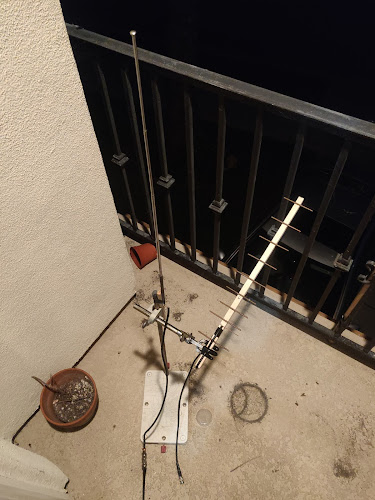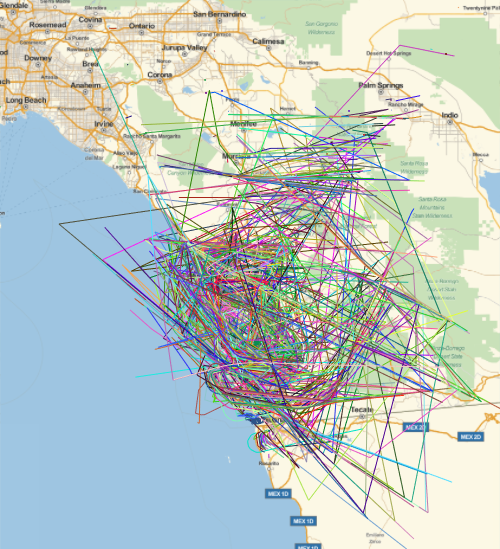Using Airplane Transponder Data to Characterize Antenna Performance

Hi All, Recently I obtained some low-noise amplifiers in order to better receive NOAA GOES satellites. A low-noise amplifier however is no good without a decent antenna. Most often people use these 2.4 GHz wifi antennas modified to operate at the GOES downlink frequency. This typically gives very good results but it's pretty challenging to DIY a satellite dish. An alternative to satellite dish type antennas is the highly directional yagi-uda antenna. Yagi-uda antennas are pretty (seemingly) simple to build so one night I made a first pass at throwing one together. Alas the satellite signal still did not appear (probably due to my poor assembly). Instead of scrapping the inadequate antenna I decided to try and figure out if adding the passive elements actually did anything to the directionality of the yagi-uda antenna versus a regular dipole antenna. To do this without some sort of signal source is typically impossible and so people resort to modelling programs that calculate the ga




